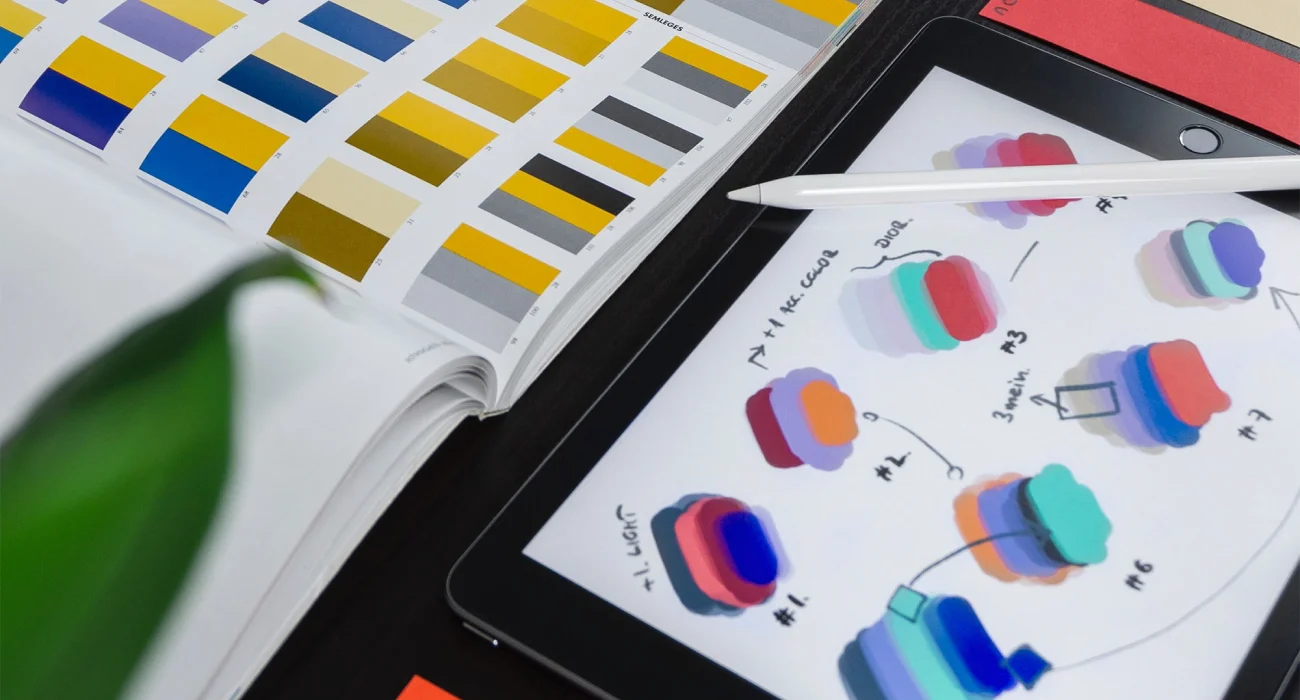Beyond the Data: Telling a Compelling Story. Your Scientific Presentation to Healthcare Professionals
Presenting scientific research at a healthcare conference, webinar or workshop to your professional peers can be a challenge.
Your audience is keen to learn about your research, your new findings and your suggestions for future research [and, let’s be honest – they are there to compare – a topic for another day / blog]. You, on the other hand, because you’re so passionate about your speciality, most times, you’re not just presenting to share data; through sharing data you [quietly] are also trying to ignite a spark of interest, inspire action, and potentially change clinical practices.
The key to all of this?
Telling a compelling story.
How you might ask.
Think Beyond the Data: While data is essential, it’s the narrative that truly connects. Its’ the story of the person [you] and persons [your participants] that connects. That resonates with your fellow healthcare professionals.
Imagine your research as a journey, with a beginning, a middle, and an end.
1. Get your Audience Attention From the Start:
- Start with a Powerful Question: Focus on the gap in knowledge are you addressing. What problem are you solving? Which real-world scenario or a patient case study are you addressing?
- Paint a Picture: Use vivid language and relatable examples to illustrate the impact of your research on patient care.
- Showcase the “Why”: [remember Simon Sinek’s “Start with Why”]. Why should healthcare professionals even care? Why did you care to conduct the study you did? Connect your findings to healthcare workers’ daily practice and highlight the potential for improved patient outcomes from what you have found and from what could still be investigated.
2. Build the Narrative Arc / the Bridge:
- Present the Problem: Clearly and concisely describe the challenge, or gap in knowledge your research addressed, and make sure you link this to clinical practice.
- Introduce Your Solution: Detail your research methodology, key findings, and the significance of your results.
- Connect the Dots: Explain why and how your research findings translate into practical applications in clinical settings. Connect these dots in a clear, digestible format for everyone [even if they are not research inclined] not merely to follow your narrative but hopefully to be super engaged in your story / research journey.
- Visualize the Impact: Use visuals (graphs, charts, images) to illustrate the impact of your research on patient care [and healthcare systems where applicable].
3. Deliver your Research with Passion [can it be anything else but passion when you are fully emerged in your work]:
- Be Enthusiastic: Your passion for your research must be infectious. Draw people into your world. Believe in your findings and communicate them with confidence.
- Connect with Emotions and Engage with your Audience: While presenting scientific data, don’t be afraid to connect with your audience, make eye contact, use body language to emphazise key issues and do not be afraid to connect on an emotional level.
4. Leave a Lasting Impression:
- End your presentation with a Clear Message and Call to Action: What is your ultimate message based on your findings, and in general, and what do you want your audience to do with the information you’ve shared?
- Provide Takeaways Messages, Conclusions: Summarize the key points of your presentation and leave your audience with a clear understanding of the implications of your research for themselves, for patients and for healthcare delivery in general.
REMEMBER: You’re not just presenting data; you’re sharing a narrative, a story, a bridge that has the potential to improve patient care. By crafting a compelling narrative and delivering that with passion, you will most definitely engage healthcare professionals, spark their interest, and leave a lasting impact [and possibly gain a network of peers].







